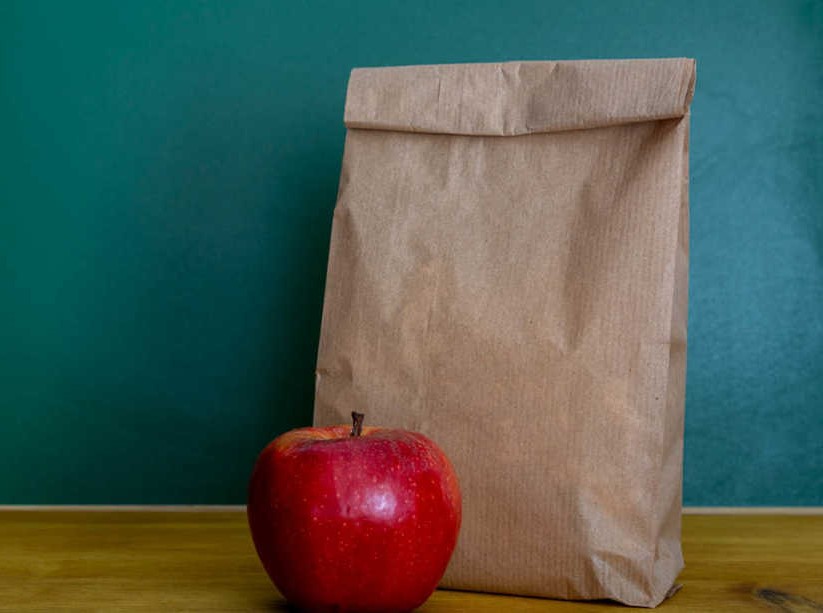For instance, one waiver enables states to allow parents or guardians to take school meals home to their children. Typically, children would need to be present to receive a meal through USDA’s child nutrition programs, but for parents who still need to report to work who can only go to meal-pickup during their lunch break, or for parents of a sick child or student with a disability that makes travel difficult, bringing their child along simply isn’t practical.
In response to frequently asked questions, California Department of Education staff noted that the new waivers allow its Nutrition Services Division to establish a process and reporting system that “holds local Child Nutrition Programs operators accountable to ensure meals are only provided to parents or legal guardians of eligible children when the child is not present for meal distribution.” It is likely that CDE will allow schools to take advantage of the waiver.
Similarly, separate USDA actions waive requirements that meals be served in group settings; that after-school meals and snacks be accompanied by educational activities; and that meals be served at specific times of day.
“USDA is committed to maximizing our services and flexibilities to ensure children and others who need food can get it during this coronavirus epidemic,” Perdue said in a statement. “This is a challenging time for many Americans, but it is reassuring to see our government and fellow Americans stepping up to the challenges facing us to make sure kids and those facing hunger are fed.”
Every state has also received waivers from the USDA to serve school meals in “non-congregate settings” and to use the Summer Food Service Program and the Seamless Summer Option, which allows schools to serve two meals at a time as they normally do during summer vacation.
The added freedom to serve meals as needed should ease concerns brought forth by school meal program directors throughout the U.S. — the majority of whom responded to a recent School Nutrition Association survey that regulatory hurdles were hindering the efficient execution of emergency feeding plans.
USDA’s Food and Nutrition Service launched a new webpage to provide key information on COVID-19 nutrition assistance for program operators and the public.
Districts in California working proactively to meet community needs
School districts and county offices of education in California have been struggling to ensure children in need continue to be fed during the widespread closures. Those in rural areas are dealing with issues related to transportation, while urban schools face extended wait times during grab-and-go meal distribution. Yet, all are working toward making sure their school communities are being cared for.
In Monterey County, 24 school districts and six charter schools are providing free meals for all children during the closures, which the Monterey County Health Department announced on March 26 would be extended at least to May 4.
The small Robla School District located in Sacramento is taking meals to designated stops throughout the district as part of it’s Breakfast on Wheels and Lunch on Wheels programs. Twice a week, district buses stop throughout neighborhoods and provide multiple days’ worth of breakfasts and lunches for all children under the age of 18.
Many districts throughout the state have already moved to grab-and-go or drive-thru meal delivery models and are relying on school staff as well as volunteers to bag and hand out the food.
Stay up to date on the latest news and resources related to COVID-19 on CSBA’s dedicated webpage »





